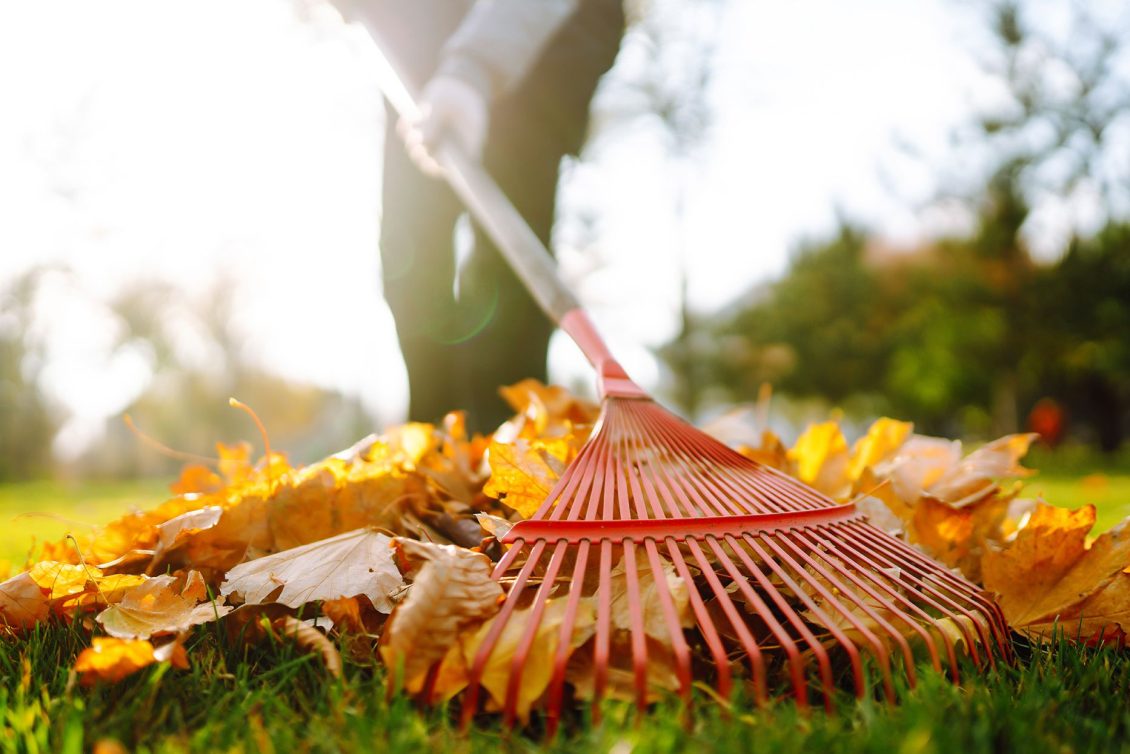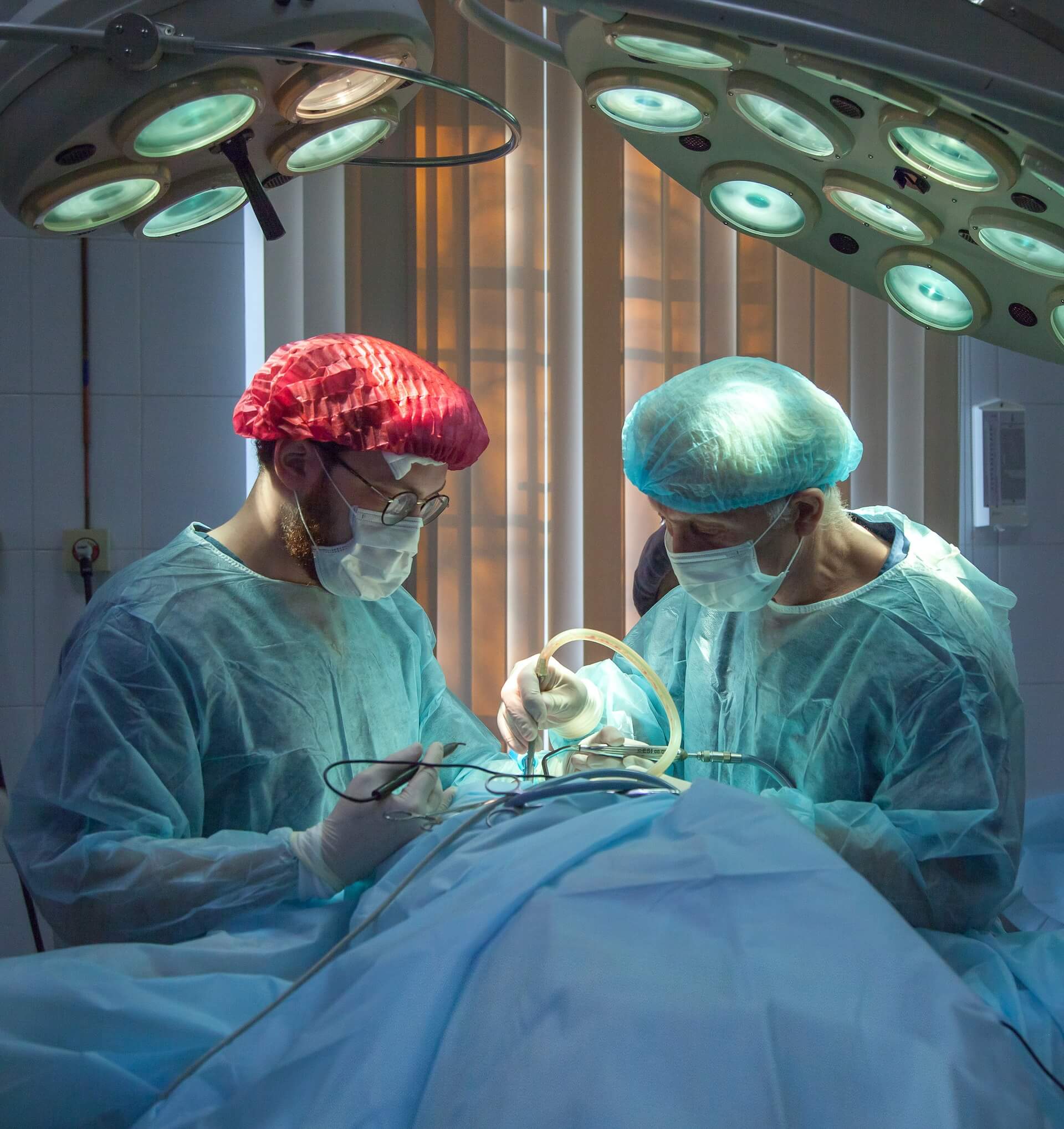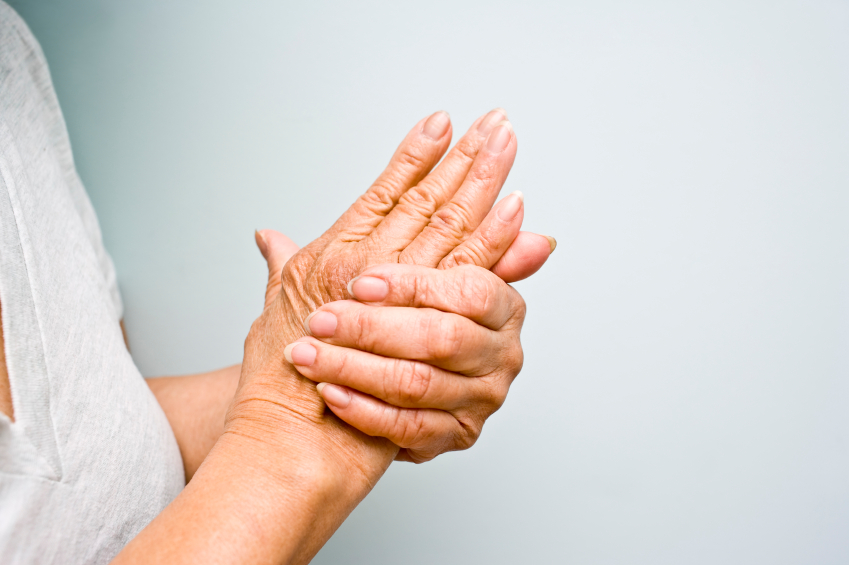Diagnosis and Treatment of Dupuytren’s Contracture in Wake County

What is Dupuytren’s Contracture?
Dupuytren’s contracture is a progressive hand condition that can limit your ability to move or straighten your fingers. The condition is caused by a buildup of collagen under the skin. Collagen thickens into a rope-like cord that extends from the palm to the finger. Over time, the tightening cord can cause fingers to bend inward toward the palm, which is called contracture – making the fingers unable to straighten completely. This can complicate everyday activities, such as placing your hands in your pockets, putting on gloves, or shaking hands with another person.

What Causes Dupuytren’s Contracture?
It is unknown what causes Dupuytren’s contracture, but most evidence points towards genetics. According to the American Academy of Orthopaedic Surgeons, people of northern European (English, Irish, Scottish, French, and Dutch) and Scandinavian (Swedish, Norwegian, and Finnish) ancestry are more likely to develop the condition, hence the colloquial term “Viking disease.” There are a number of factors believed to contribute to the development or worsening of Dupuytren’s contracture. These include:
- Gender: Men are more likely to develop Dupuytren’s and to have more severe contractures than women.
- Family history: Dupuytren’s contracture often runs in families.
- Tobacco and alcohol use: Smoking is associated with an increased risk of Dupuytren’s contracture, perhaps because of microscopic changes within blood vessels caused by smoking. Alcohol intake also is associated with Dupuytren’s contracture.
- Diabetes: People with diabetes are reported to have an increased risk of Dupuytren’s contracture.
- Age: Dupuytren’s contracture occurs most commonly after the age of 50.
Symptoms of Dupuytren’s Contracture
Dupuytren’s contracture progresses slowly over the years. The condition is typically first detected when a lump of tissue forms under the skin of the palm. As the disease progresses, the condition causes the fingers to curl, which makes it difficult to grasp items. The skin on your palm might appear dimpled or pitted. The ring and small fingers are most commonly involved, but Dupuytren’s contracture is not typically painful. Signs and symptoms of the condition may include:
- Nodules: You may develop one or more small lumps
- Cords: The nodules may thicken and contract, affecting the formation of dense and tough cords of tissue under the skin
- Contractures: When the tissue tightens, one or more of your fingers may be pulled, which restricts them from spreading apart
How is Dupuytren’s Contracture Diagnosed?
Most healthcare providers can diagnose Dupuytren’s contracture by the look and feel of the hands. They will compare the hands to look for puckering on the skin and press down on the hands and fingers to check for knots of tissue. One common test for Dupuytren’s contracture involves placing your palms on a flat surface. If you struggle to or are not able to flatten your fingers on the surface, treatment for the condition may be recommended.

Treatment for Dupuytren’s Contracture at Raleigh Orthopaedic
Currently, there is no cure for Dupuytren’s contracture. The treatment of Dupuytren’s contracture depends on various factors such as the stage and severity of the cord, the patient’s age and general health, the patient’s occupation, the status of the skin of the palm, and the presence of bony deformity. In fact, the condition may never progress past the development of lumps in the palm.
If the condition does progress, Raleigh Orthopaedic’s hand & wrist specialists may recommend nonsurgical treatment, such as steroid injection or bracing/splinting, to help slow the disease down. Recently, XIAFLEX® injection was approved by the US Food and Drug Administration (FDA) as the first nonsurgical option for the treatment of adult patients with Dupuytren’s contracture. When injected into the cords of tissue, the injection works to disrupt collagen that causes the affected finger to permanently bend or contract. The patient returns within one week to have the finger stretched back out to a straightened position. Oftentimes, patients will feel the cord pop or snap before they actually come back for a stretching, such as when lifting a bag of groceries.
Fasciectomy is a procedure in which diseased tissue is removed through incisions in the palm and affected finger(s). Surgery would help reduce the contracture with the goal of improving finger motion and function. If surgery is the right next step for you, your physician at Raleigh Orthopaedic will ensure that you feel confident in the process and your recovery. We will explain the steps of the process to you and make sure any and all questions you have are answered every step of the way.

Fasciectomy Recovery Time
Recovery from fasciectomy surgery for Dupuytren’s contracture will usually take about six weeks. You will be able to return home on the same day as your surgery. If your line of work does not require extensive use of your hands, you may be able to return to work in one to two weeks. However, if your job requires repeated use of the hands and fingers, you may need to wait anywhere from six to twelve weeks before returning to work.
Preventing Dupuytren’s Contracture
Because the specific cause of Dupuytren’s contracture is unknown, there is little you can do to prevent it. The disease is considered a genetic disorder, which means that you are more likely to develop Dupuytren’s contracture if one of your family members has it. Working with an orthopedic specialist in cases of Dupuytren’s contracture can help you maintain proper hand and wrist health and continue to comfortably perform the activities you love.

Learn More About Hand and Wrist Treatment at Raleigh Orthopaedic
At Raleigh Orthopaedic, we work with those facing all manner of orthopedic hand and wrist injuries and conditions, including Dupuytren’s contracture. If you are experiencing symptoms that cause you pain or discomfort, we encourage you to come see us at one of our convenient clinic locations in Wake County. Our providers will work with you to determine the cause of your symptoms and guide you toward a personalized treatment plan. To get started with Raleigh Orthopaedic, give us a call or book an appointment online today!




